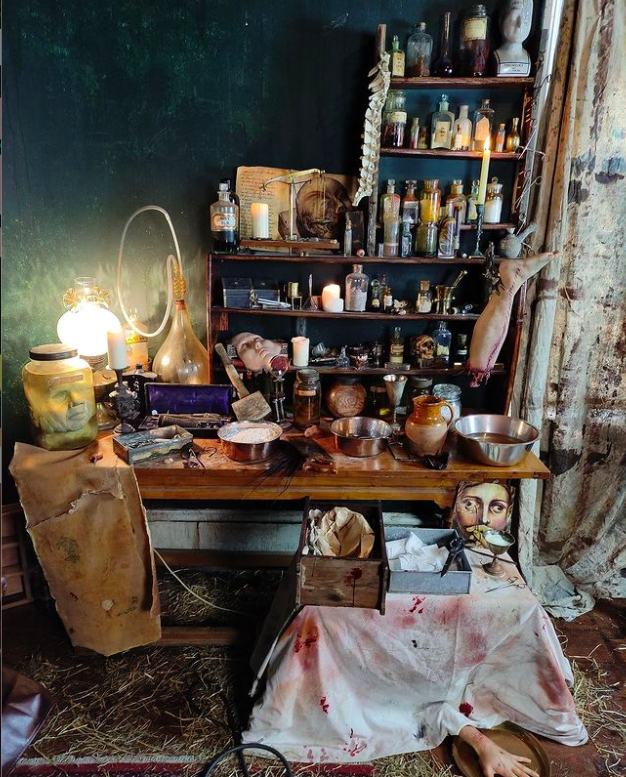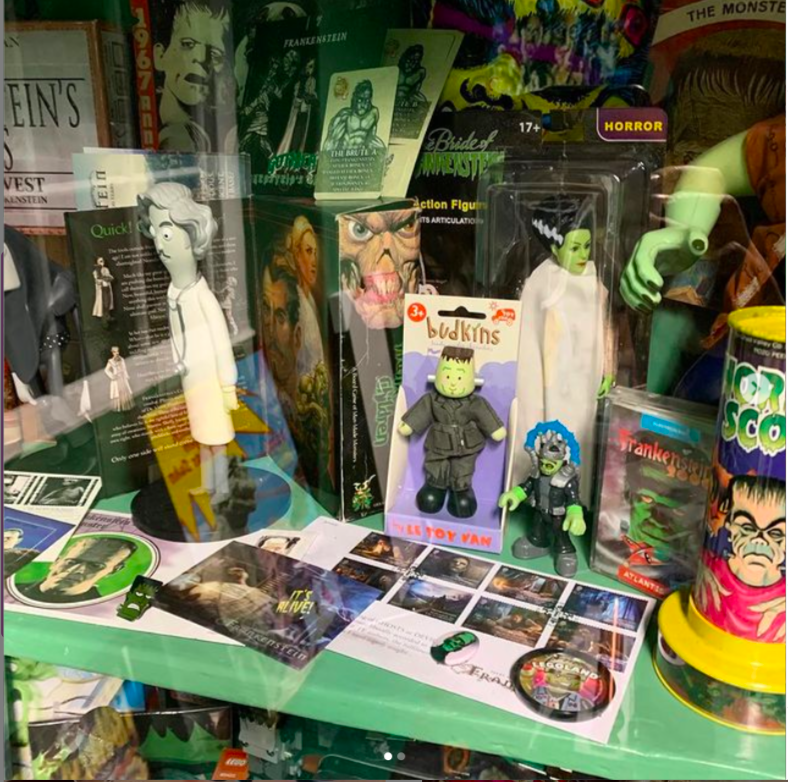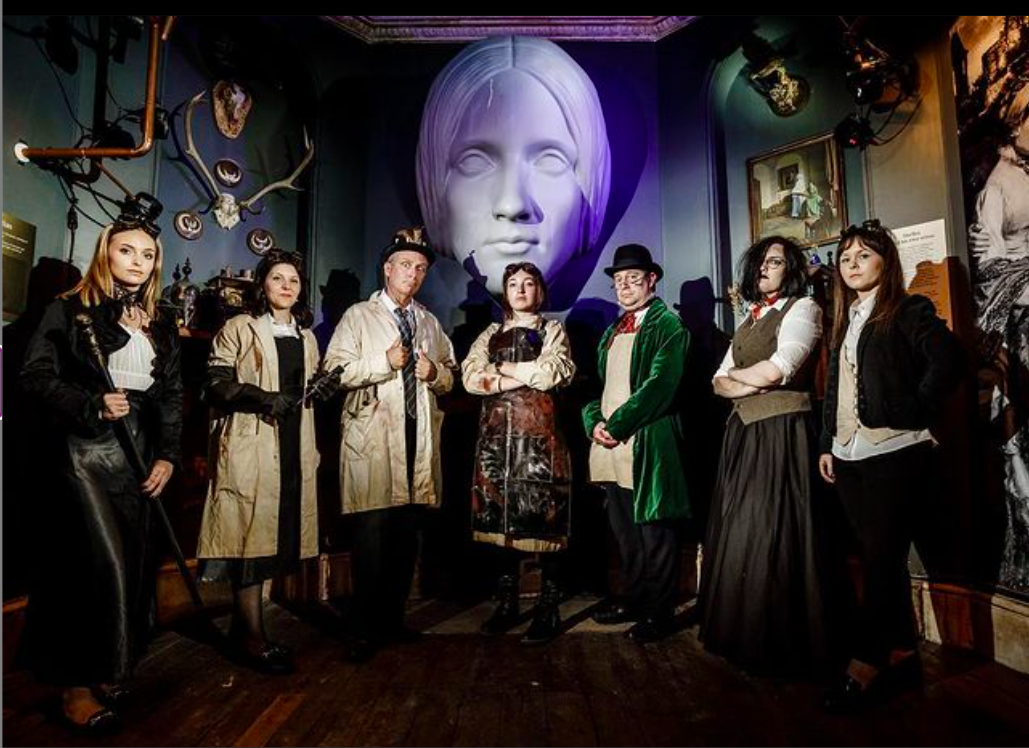Update: Two weeks after bowing out of the upcoming Rolling Stones tour, Charlie Watts has sadly passed away at age 80.
According to Charlie Watts — the Rolling Stones’ drummer and rock’s best dressed man — his playing is nothing special. “I sit there, and I hear what’s going on, and if I can make it, that’s fine,” he said in 1973. There are no false notes in his modesty. “You have to be a good drummer to play with the Stones,” he later remarked in 2000, “and I try to be as good as I can.” But he admits he’s not a technical player; it’s all about the feel. “It’s terribly simple what I do, actually…. I play songs.”
According to the rest of the band, Watts is indispensable, one of a kind, the “engine” of the Rolling Stones, says Ronnie Wood. He’s the only white drummer who can swing, Keith Richards swears: “Charlie’s always there, but he doesn’t want to let everybody know. There’s very few drummer’s like that. Everybody thinks Mick and Keith are the Rolling Stones. If Charlie wasn’t doing what he’s doing on drums, that wouldn’t be true at all. You’d find out that Charlie Watts IS the Stones.”
Audiences of the band’s upcoming tour will find out, since Watts announced he’s sitting this one out to recover from a medical procedure, to be temporarily replaced by understudy Steve Jordan. Watts is probably “not bothered,” Wayne Blanchard writes at Drum Magazine. He’s had a decades-long love-hate relationship with touring life. (Watts has made drawings of every hotel room he’s ever stayed in to stave off boredom). In the studio, “as long as a track gets recorded and sounds great, Charlie doesn’t seem to care who is on the drums.”
Other drummers have played on several key Stones tracks, including Faces drummer Kenney Jones on “It’s Only Rock ‘N’ Roll” and Stones producer Jimmy Miller on “Happy,” “Tumbling Dice,” “You Can’t Always Get What You Want,” and “Shine a Light.” None of this means, however, that Watts is replaceable or that the Rolling Stones would try to carry on without him. He has not only been the band’s engine, but its anchor, ballast, maybe, its quiet captain. “When Charlie plays,” said drummer Steve White, “it looks to me that he knows who runs the band on stage, despite what the singer might think.”
Watts resists talk of his importance to the Stones. “We have a huge crowd of people who like us,” he said in 1998, because “they just love looking at Keith Richards and looking at Mick wiggling his arms. They’ve been doing it for 30 years.” But he is just as much a draw as the other Stones who have made up the core trio of the band since its inception in 1962. Here’s hoping he recovers well. In the meanwhile, we can see the Stones play “Jumpin’ Jack Flash” and “All Down the Line,” further up, from Charlie’s calm, cool point of view, as shot by Martin Scorsese in 2006 at New York’s Beacon Theatre.
The footage shows “how Watts has quietly served as the backbone of The Rolling Stones for the past 58 years,” Andy Greene writes at Rolling Stone. And it provides a rare look at rock’s most understated drummer. “The only time I love attention is when I walk onstage,” Watts once said, “but when I walk off, I don’t want it.” In the video just above, he’s in especially rare form — joking on camera about a wiggly dance he does before he goes on, a demonstration of the rituals and in-jokes that have knit rock’s longest-running band together for over half a century. When they’ve all finally quit for good, says Keef, “I want to be buried next to Charlie Watts.”
via Rolling Stone
Related Content:
Josh Jones is a writer and musician based in Durham, NC. Follow him at @jdmagness







